As cooler weather and shorter days approach, many trees respond with leaves changing color and dropping from branches. For Florida trees, the cycle happens at different times throughout the year. Deciduous trees like maple, sweet gum, and cypress drop their leaves in cooler weather. Others such as oaks and magnolias shed leaves throughout the year. Even “evergreen” pine trees drop some of their needles seasonally.

These fallen leaves form a layer that provides numerous benefits to the soil and native wildlife—and with October recognized as Leave the Leaves Month, it’s the perfect time to celebrate the role leaf litter plays in keeping Florida wild.
Why leave the leaves?
Leaves on the forest floor break down, thanks to the work of invertebrates and microorganisms, and provide nutrients to the soil. The same process happens in our yards and gardens if we leave some leaf mulch in garden beds and around shrubs and trees. Healthy plants need healthy soil with the right nutrients, and decomposing leaves are a critical part of the process. Fallen leaves also protect plant roots, by regulating soil moisture and temperature.
Wildlife Habitat
Many species spend at least part of their life cycle in the leaf layer, so it can be teeming with biodiversity! Frogs, toads, salamanders, skinks, spiders, slugs, worms, and other small invertebrates are found in areas with fallen leaves. Many of these critters help control pest insects and provide important functions in the ecosystem.
Fireflies that light up summer skies spend cooler months as larvae and pupae under the leaf layer. Earth worms eat decaying leaves and turn them into worm castings, providing excellent fertilizer. Mated bumblebee queens find shelter in soil under leaves, hibernating until warmer weather.
Many species of butterflies and moths are very reliant on the leaf layer, spending all or part of their lives there. Most overwinter either as caterpillars or adults in leaves. Some spin cocoons within the leaf layer on the ground. Others use fallen leaves as part of cocoons, while others feed on decaying leaves.
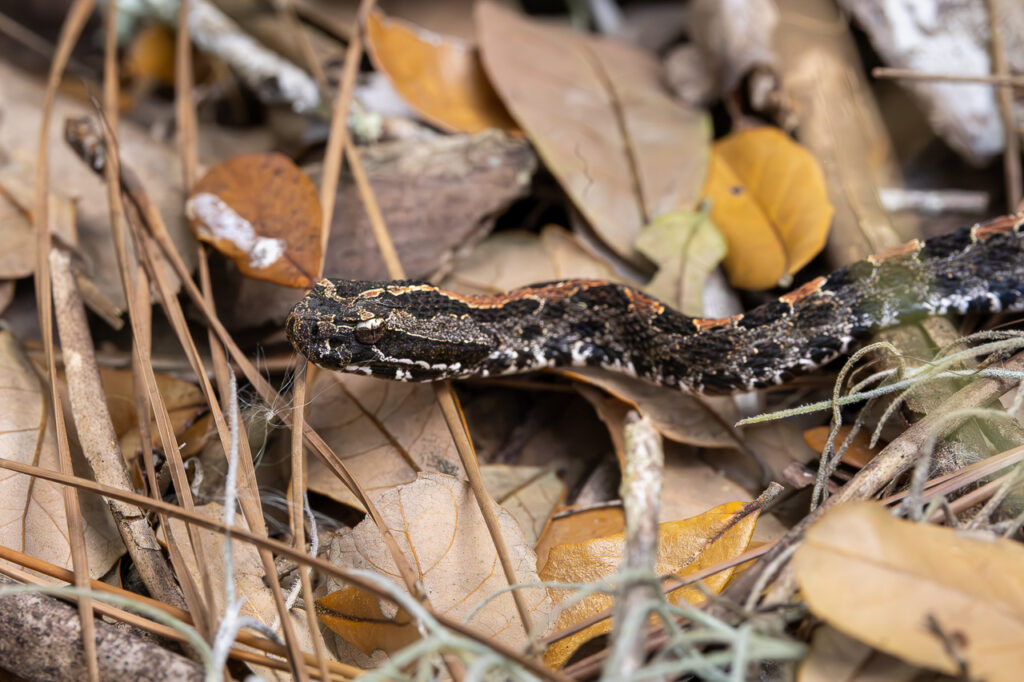
Beyond providing food and shelter, the layers of leaves provide camouflage for many species and protect them from predators. Just as importantly, it creates a stable microclimate—regulating temperature and moisture levels that are critical for survival. This natural insulation helps wildlife endure the challenges of the dormant season.
Unfortunately, many of these species are in decline due to habitat loss and clearing leaves from our yards plays a large role in the problem. These critters are an essential part of the food web and a vital part of a healthy ecosystem. Removing leaves not only removes habitat but risks bagging up hibernating wildlife and setting them out with the trash!
Leaves and Climate
Huge amounts of leaves go to landfills each year. When leaves are bagged and sent to a landfill, they get buried underground. Without oxygen, the leaves break down through anaerobic decomposition to create methane, a potent greenhouse gas that traps heat in the atmosphere. Leaves left around trees, shrubs, and in garden beds break down in the presence of oxygen and do not produce methane.
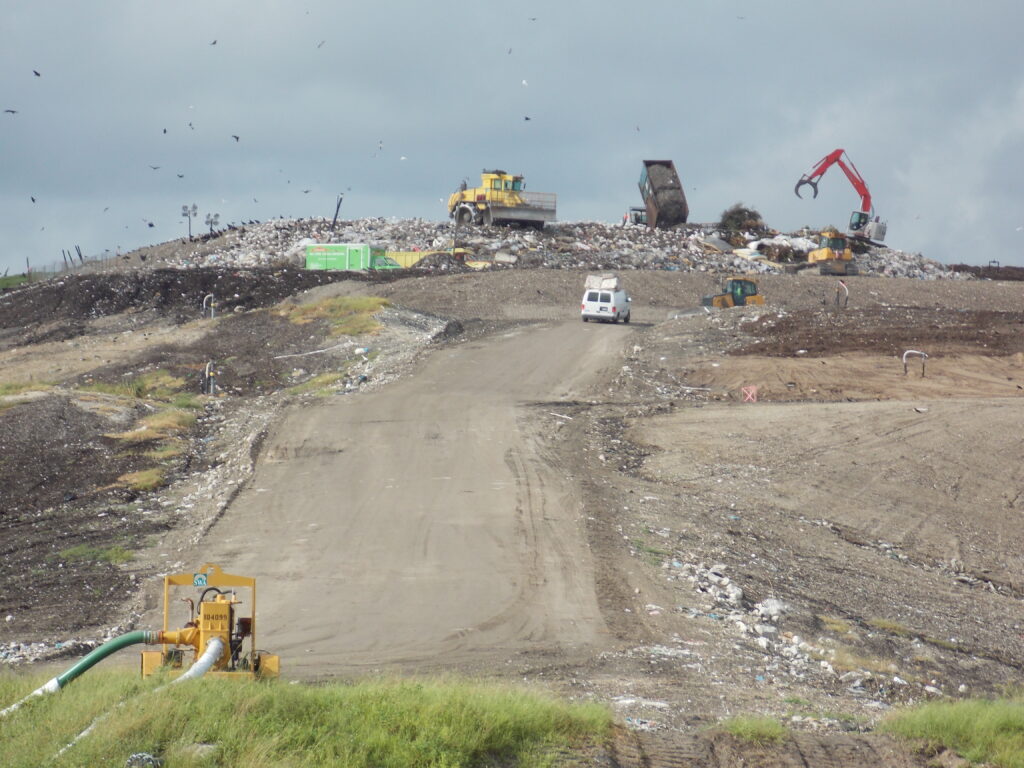
Leaf Mulch for Thriving Trees
A beneficial practice is leaving the leaves where they fall or raking them into garden beds. The leaf mulch should be enough to suppress weeds and retain soil moisture, but not enough to stop water from reaching the soil and perennials from coming back in spring. Piling mulch against the trunks can harm trees though, so a space of 12-18 inches should be left around the tree.
Trees surrounded by leaf mulch are generally healthier and live longer than trees with grass growing underneath. Grass competes with tree roots for nutrients and moisture. Mowing, string trimming, and heavy fertilization also can harm the roots and trunk. Since most grass does not do well in shade, a good practice is keeping a natural leaf layer under trees and patches of lawn in the sunlight.
A Small Action, Big Benefits
Gardeners are conservationists, shaping the future of Florida’s wildlife with every decision made in our yards. By leaving the leaves or using them as mulch around garden beds, shrubs, and trees, we not only help plants thrive, but also create vital refuge for pollinators and countless small creatures.
In fact, the National Wildlife Federation’s National Wildlife Survey found that most people are open to leaving leaves to benefit wildlife. To raise awareness, they have launched Leave the Leaves Month. Celebrate by getting your garden certified and taking the Leave the Leaves pledge! Learn more at www.nwf.org/leavetheleaves
Garden as though life depends on it… because it does! Small changes in our gardens add up to big benefits for our local wildlife.
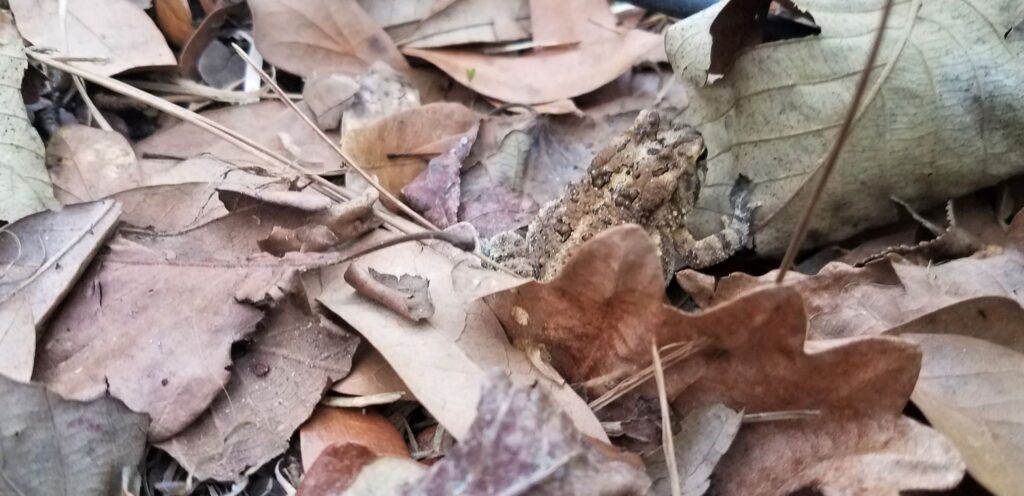


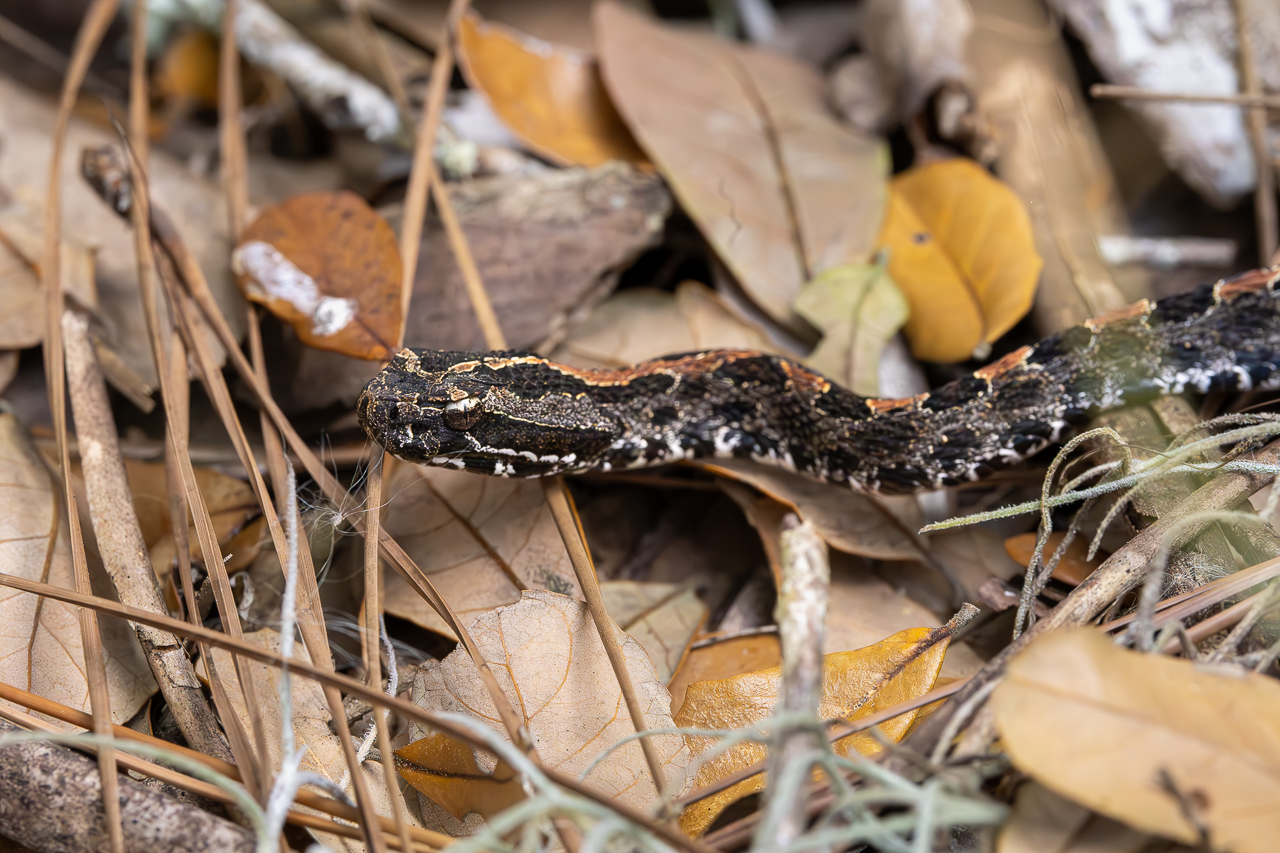
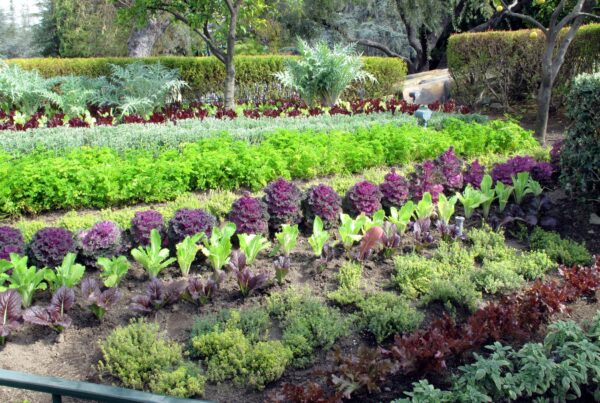
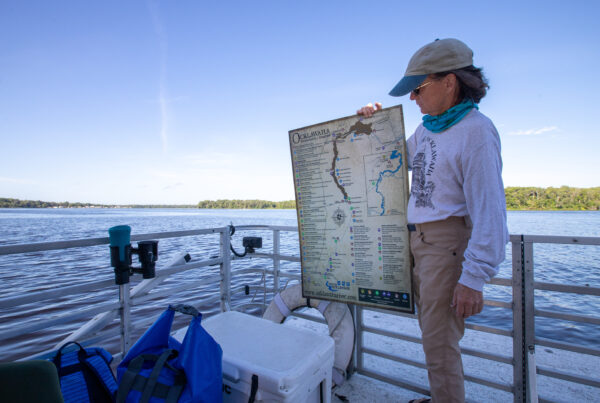
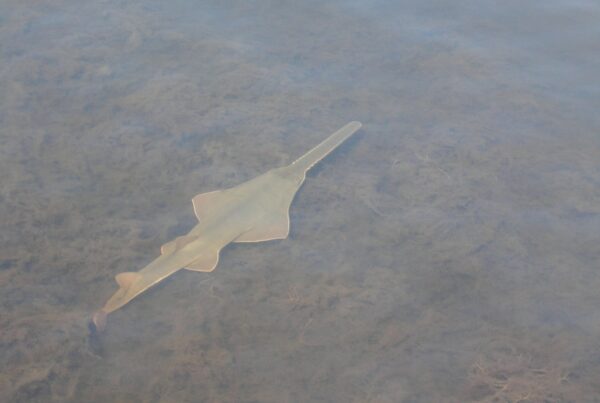

Hello. Alachua County is working on creating a Leave the Leaves campaign and wants to highlight what others are doing and to collaborate. I am curious as to your focus on October and what research supports such. I am in Gainesville and am just starting to notice leaf litter in mid November. I know we have lots of different climate zones here and it really depends on lots of factors. We are trying to determine if we focus on a season rather than a month. I look forward to hearing from you!